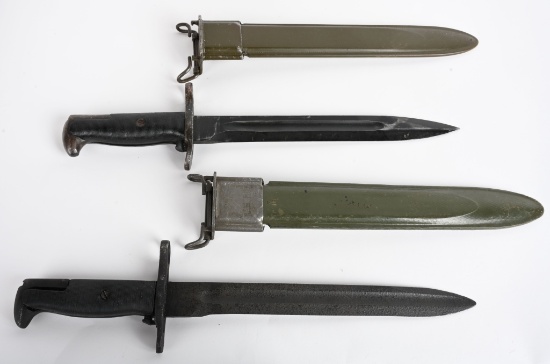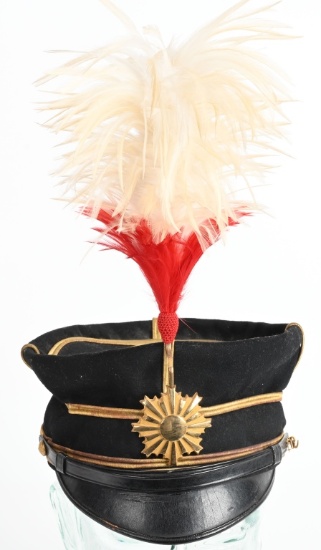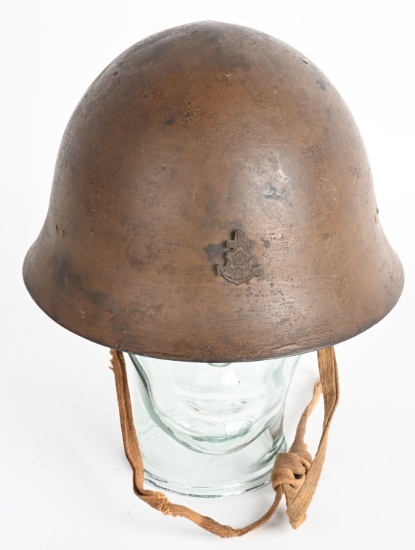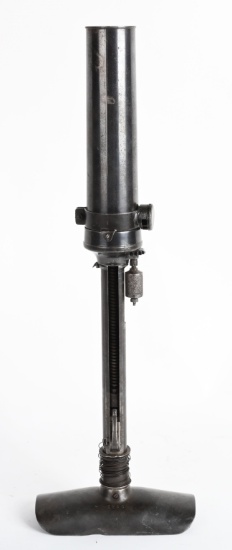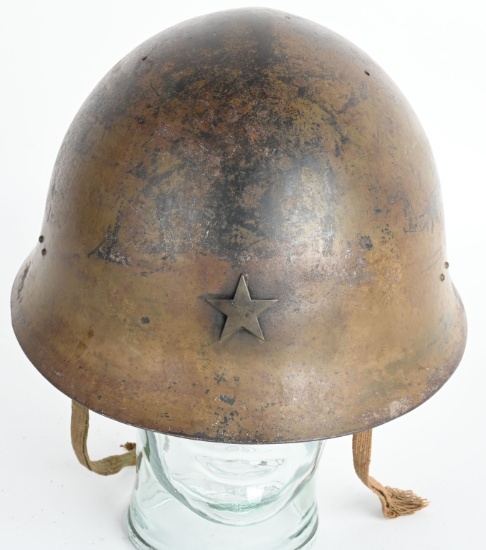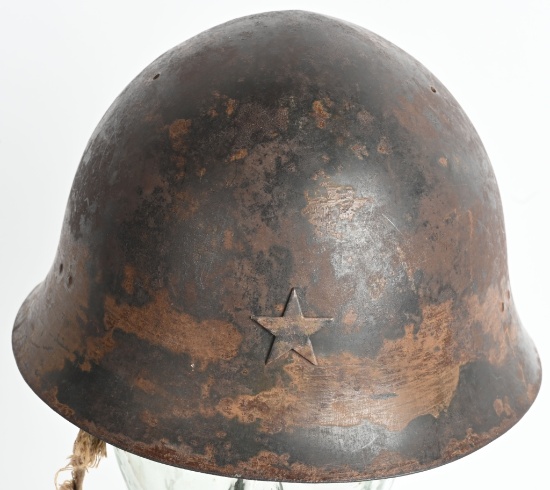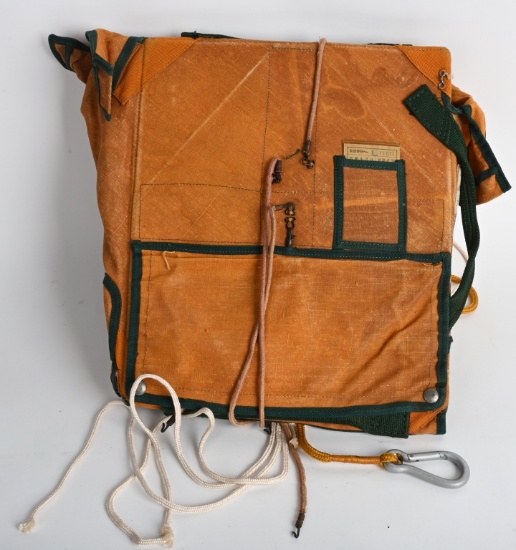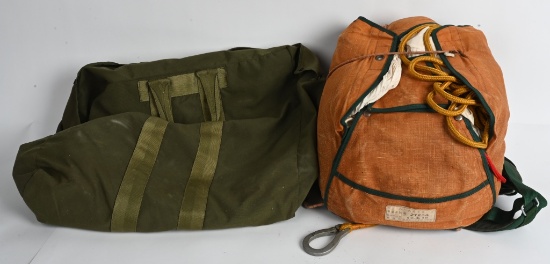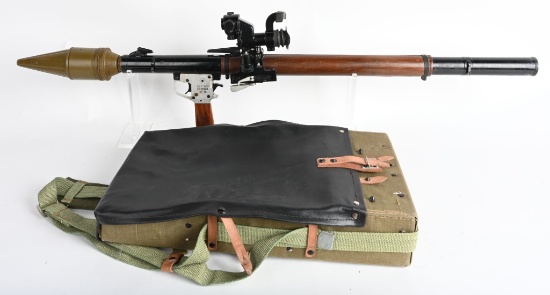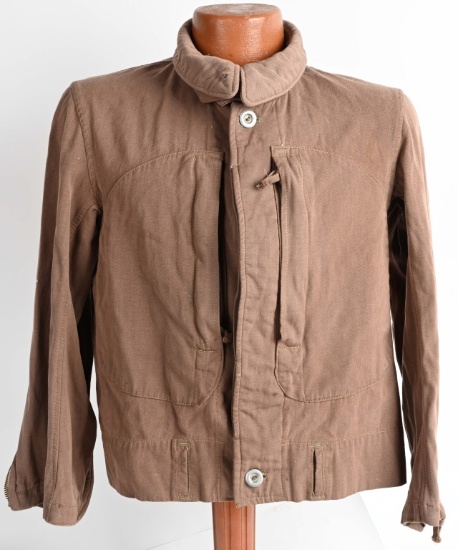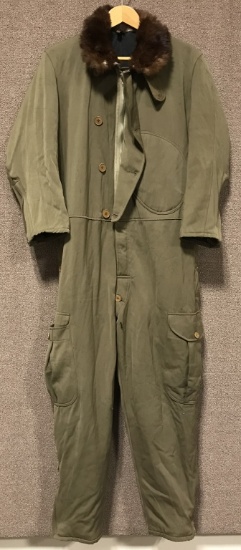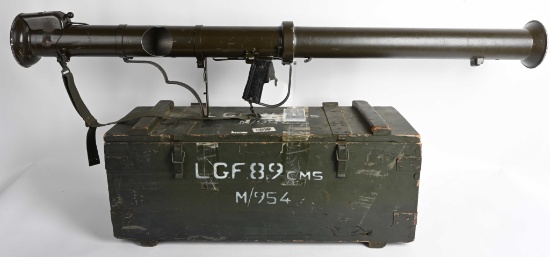Special Terms
Auction Terms & Conditions Bidder Terms and Conditions
We advise all bidders to read the Terms and Conditions of the Sale before bidding with Milestone Auctions LLC. Those who bid are bound by those Terms and Conditions of the Sale, as amended by any oral announcement or posted notices, which together form the contract of the sale between the successful bidder (purchaser), Milestone Auctions and the seller (consignor) of the lot. TERMS OF SALE When bidding on any lot offered by Milestone Auctions, the bidder indicates acceptance of the following Terms of Sale. Any participation in the auction binds you to agreement of these terms whether or not you read or understand said terms.
CONDITION OF ITEMS Milestone Auctions makes every effort to accurately describe all items offered in its sales, however all items for sale are 'as is,' and it is the bidder's responsibility (present or absentee bidders) to determine the exact condition of each item. Milestone Auctions will not be held responsible for typographical errors. Neither we nor the consignor make any guarantees, warranties, or representation expressed, or implied, in regard to the property or the correctness of the catalog or other description of the authenticity of authorship, physical condition, size, quality, rarity, importance, provenance, exhibition, literature or historic relevance of the property or otherwise. No statement anywhere whether oral or written, shall be deemed such a guarantee, warranty or representation. Prospective bidders should inspect the property before bidding to determine its condition, size and whether or not it has been restored. The consignor and we make no representation or warranty as to whether the purchaser acquires any reproduction rights in the property. Returns will not be accepted under any circumstances. All items will be available for preview 7 Days prior to the auction. All items are sold for display purpose. If electrical, mechanical, or other working parts are inoperable even if working at the time of sale we are not liable due to the inherent nature of the age of these antiques and items. FIREARMS ? All firearms transfers will be in strict accordance with all International, Federal, State and local laws. Be sure to check your country, state and local laws before bidding. If you are unable to import, purchase or own a firearm according to your residency laws, do not bid on these items. If you bid and find out later you cannot legally own/accept delivery, the bid is still a valid contract that the buyer must pay.? Modern Firearms (post 1898) will be noted with a asterisk (*) at the end of the description.? Checkout and pickup at our location:o The same person to whom the bidder number is registered must be the person to pick up the firearm(s) at the conclusion of the sale ? Federal Law disallows anyone else from accepting the transfer. o Modern firearms sales to non-licensed bidders who are picking up guns at our location will require the completion of a background check. Handgun purchases also require an form/background check for each handgun purchased. This process to fill out forms and obtain a response may take 5-10 minutes. Any applicable state fees associated with these checks will be added to the customer?s invoice.o If you are ?Denied? by FBI / NICS background check, you will not be able to take possession of the firearm and the firearm will be consigned to the next available firearm auction. If you do not pay for the item in full, bidder will be blocked from participating in future firearm auctions.o If you are appealing a ?Deny? decision, we will hold the gun only if you pay in full for the item. o Licensed bidders, i.e. Federal Firearms Licensees or Curios & Relics License holders must present a current signed copy of their license. (C&R licensee purchases must conform to the ATF C&R requirements). ? Shipping Non-Residents of Ohio may not pickup modern handguns. Any firearms shipped are legally required to be shipped to an ATF licensed FFL dealer within your state of residence for transfer and pickup. You will be responsible for all shipping and transfer costs incurred. o Modern Handguns are required to be shipped via Priority. o Modern Long Guns are shipped via ground to the FFL dealer. o Upon paying for the gun you can contact a licensed dealer to send their FFL to milestoneauctions@yahoo.com with the paid invoice number notated.o Milestone Auctions will not be responsible for exporting modern firearms or any ammunition. Buyer will need to locate a US Dealer that can export these items to their country.? Long guns will only be sold to persons 18 years of age, or older. Handguns will only be sold to those persons 21 years of age, or older. Dealers are bound by these minimum age requirements.? Since all firearms sold are ?collectible? items, Milestone Auctions does not test the safety or warrant functionality of these firearms. All firearm purchases should be examined by a certified gunsmith prior to shooting.Milestone Auctions reserves the right to deny the sale of a firearm to any buyer.
GAMING DEVICES - These items may be held for up to 5 business days so the state agencies can verify the purchaser's information. All auction participants are urged to check the legality of possession and/or shipment of gaming devices to their state of residence. Any gaming device purchased at the auction shall be used for the purposes of display or social entertainment within the private home or residence of the buyer and such devices shall not in any event or manner be exposed to the public for the purpose of gambling.Grading Scale:Near Mint Plus 97% - 100% Near Mint 90% - 96% Excellent 80% - 89% Very Good 70% - 79% Good Below 70%
BIDDING RIGHTS & RESPONSIBILITIES The auctioneer will determine the highest bidder. The auctioneer alone has the right to reopen the bidding of an item if deemed necessary due to a dispute. If there is a tie bid between the floor and Internet or absentee bid, the floor bid takes precedence. Milestone Auctions and its representatives reserve the right to remove those attendees who impede preview and/or the auction. Title to all merchandise shall pass to the highest bidder at the fall of the auctioneer's hammer. The buyer will then assume all risk and full responsibility of the lot purchased once ownership has changed. -ABSENTEE BIDDING - Milestone Auctions will accept absentee bids if pre-authorized by mail, fax or through our website online. Absentee bidders must use the absentee bid form and clearly mark the lot number, title and maximum bid amount. Absentee bidding forms may be accessed online at our website. If there are two (2) identical bids placed on the same item, priority will be given to the first bid received. All bids must be left in increments as explained on our bid form. If a bid is 'out of increment,' the auctioneer has the right to round the bid up to the next correct increment. Bidders may preview, register and place bids online through our website. Online absentee bidding through Milestone Auctions is available until 30 minutes prior to the beginning of the sale. Absentee bids placed through our website will be auto charged to the credit card entered 48 hours after the end of the sale. If you wish to pay by another method please contact us within 48 hours after the sale. Seller(s) agree to allow the Auctioneer to accept and execute absentee bids in a competitive manner for potential buyers and under the Milestone Auctions absentee bidding terms and conditions. During the live sale, the auctioneer will execute your absentee bid competitively up to the maximum amount you have indicated. -ONLINE BIDDING - Online bidding through Live Auctioneers, and Proxibid is also available; all Terms and Conditions still apply. If there is a tie bid between the internet bidding venues and the floor, the floor bid takes precedence. If a credit card has been provided to one of the online bidding platforms, Milestone Auctions reserves the right to use and charge the credit card if the winning bidder has not paid via another method by the 10 day term in Payment Terms below.-TELEPHONE BIDDING - Requests for phone lines must be received at least three (3) days prior to the auction date. Milestone Auctions cannot guarantee phone lines but will make every attempt to accommodate those who wish to participate through that method. Phone lines are provided on a first come first served basis. Please call 440-527-8060 to request a call from our representatives during the live auction. BID INCREMENTS Bid increments listed are a general guideline. Actual increments are at the auctioneer's discretion. $0-$300'$10 $300-$1,000'$25 $1,000 -$2,000'$50 $2,000-$5,000 $100 $5,000-$25,000 $250 +' Auctioneer's discretion RESERVES The majority of our items are unreserved, but occasionally items may carry a moderate reserve. Please note that when a lot carries a reserve, the reserve is usually somewhere below our low estimate. In the case of a reserved item, the seller has authorized the auctioneer to bid on their behalf until the reserve price is reached.
BUYER'S PREMIUM A 20% buyer's premium will be added to all successful bids and is payable by the purchaser as part of the total purchase cost. +3% applied for all credit card payments. Split payments are subject to a 23% buyer's premium if a credit card is used as any form of total payment.
PAYMENT All merchandise must be paid in full within ten (10) days of the date of the sale. Purchases totaling $20,000 or more must be paid within three (3) days of the date of the sale. Call 440-527-8060 to pay your invoice by phone or mail payment to: 38198 Willoughby Parkway, Willoughby, Ohio, 44094.Absentee bids placed through our website will be auto charged to the credit card entered 48 hours after the end of the sale. If you wish to pay by another method please contact us within 48 hours after the sale. We accept Visa, MasterCard, Discover, American Express, personal checks/ certified checks, wire transfer, money orders, and cash.
SALES TAX- Sales tax is require if mandated by the state you reside in for all internet sales and will be added to your invoice.
-CREDIT CARD - For first time buyers and credit card charges greater than $2,500.00 buyers must complete the bottom portion of the invoice and must specifically sign the acknowledgement of our terms of sale before we will accept payment via credit card. We do offer the convenience of paying automatically by credit card. If you wish have your card automatically charged for all purchases please complete our 'Authorization for Automatic Credit Card Use.' We have this form available upon request. Split payments are subject to a 23% buyer's premium if a credit card is used as any form of total payment.-CHECK - There will be a $30.00 service charge for returned checks. Make checks payable to: Milestone Auctions LLC. Milestone Auctions reserves the right to hold items paid for by personal or company check until said check clears (14 days). Milestone Auctions has the right to hold all checks over $2,000.00. Customers who have an established successful buying history with Milestone Auctions may be exempt from this. We will accept a personal or company check >$2,000 and/or from a first time buyer if you provide a Bank Letter of Credit, available on our website.In the few situations where a successful bidder does not remit payment when due, Milestone Auctions will proceed with the legal steps necessary to protect its interests and will block the bidder from future auction participation.
PACKING/SHIPPING-It is the bidder's responsibility to take shipping and handling costs into consideration when bidding on items.-Packaging, shipping, and insurance on items will be available to successful bidders. Applicable charges will be applied. -BIDDERS PRESENT AND TAKING ITEMS AFTER AUCTION ' Items paid for must be packed, transported and/or removed by the purchaser at his/her own risk after the close of the sale. If any employee or agent of Milestone Auction shall pack or transport the merchandise, it is fully at the risk and responsibility and expense of the purchaser. Milestone Auctions shall not be held liable for any loss or damage that may be caused by the said agent or employee. All items not removed after the close of the sale may be shipped to the buyer at their expense or may be moved or stored by Milestone Auctions. Fees, rates, and insurance will be charged accordingly to the buyer. -BIDDERS NOT PRESENT OR NEEDING SHIPPING - Shipping and handling charges will be added to the invoice and are NON-REFUNDABLE. Shipping will be based on actual costs via FedEx, FedEx Freight or USPS (best way). Handling and insurance will vary in cost depending on each invoice. All packages will be shipped with insurance. Items will ship seven to fourteen (7-14) business days after payment is received. -INTERNATIONAL SHIPMENTS ' Milestone Auctions has the availability to ship to international bidders. By law, Milestone Auctions cannot and will not declare lesser values for any international purchases and all shipments will include the invoice with purchase totals including the buyer's premium and shipping cost. All international bidders are responsible for paying all customs and duties on the items.-LARGE SIZE ITEMS - Please inquire about shipping costs due to the size restrictions of freight shipments. A third party shipment may be necessary for larger items. Call for more information, 440-527-8060 POST SALE RETURN POLICY Milestone Auctions hires knowledgeable experts to provide catalog descriptions on the merchandise we sell. Every effort is made to ensure those descriptions are accurate and that they fully disclose any exceptions to condition. Buyers who wish to report a problem with a purchase they have made must notify Milestone Auctions within three (3) days of receipt of their purchased item. A Return Authorization Number (RA#) must be issued by Milestone Auctions before you ship anything back to our address. Any items arriving without a return authorization will not be given a refund. The item in question must be shipped with the RA# on the outside and inside of the package, with full insurance, so it arrives at Milestone Auctions within one week of the aforementioned authorization. All rights reserved. Entire contents copyright 2014, Milestone Auctions LLC. Copyright includes, but is not limited to, print media, microform and electronic media, such as CD-ROMS and online computer services.
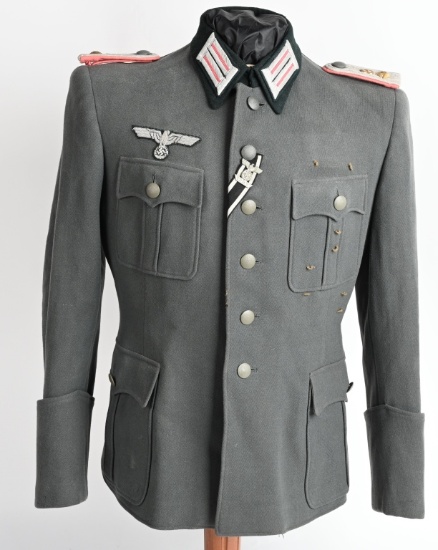


 x Cancel
x Cancel
